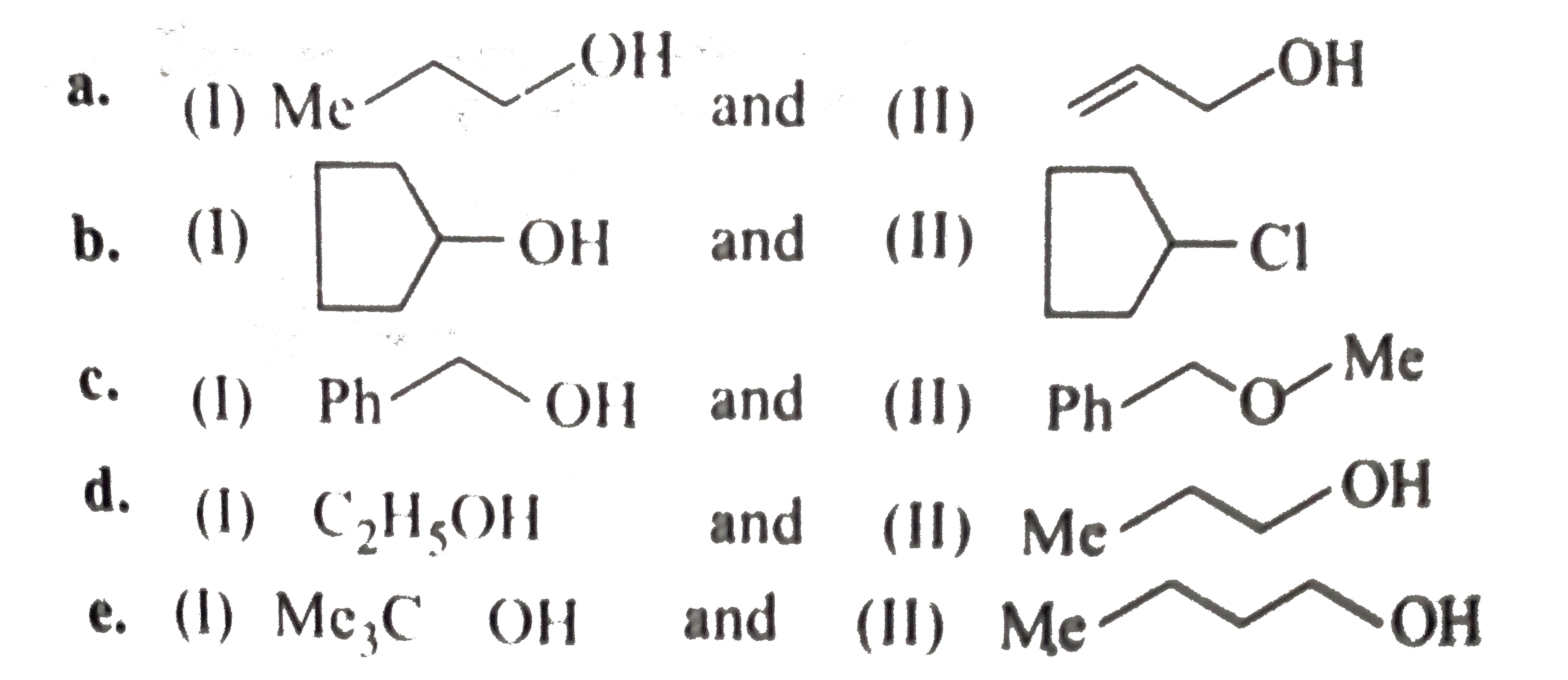Distinguish between the following:
inland fishery and marine fishery
To distinguish between inland fishery and marine fishery, we can outline the differences based on various criteria such as water type, fish species, and examples. Here’s a step-by-step solution:
Step 1: Definition of Inland Fishery
Inland fishery refers to the cultivation and harvesting of fish in freshwater or brackish water bodies. These water bodies include rivers, lakes, ponds, and reservoirs.
Step 2: Definition of Marine Fishery
Marine fishery, on the other hand, involves the cultivation and harvesting of fish in saltwater environments, primarily in seas and oceans.
Step 3: Water Type
- Inland Fishery: Freshwater or brackish water (e.g., ponds, rivers).
- Marine Fishery: Saltwater (e.g., seas, oceans).
Step 4: Fish Species
- Inland Fishery: Typically includes freshwater fish species such as Rohu and Katla.
- Marine Fishery: Includes saltwater fish species such as Salmon and Hilsa.
Step 5: Salinity Resistance
- Inland Fishery: Freshwater fish cannot tolerate high salinity levels.
- Marine Fishery: Marine fish have a high tolerance for salt and can thrive in saline conditions.
Summary of Differences
| Criteria | Inland Fishery | Marine Fishery |
|------------------------|------------------------------------|------------------------------------|
| Water Type | Freshwater or brackish water | Saltwater |
| Fish Species | Rohu, Katla | Salmon, Hilsa |
| Salinity Resistance | Low tolerance to salt | High tolerance to salt |
Inland fishery refers to the cultivation and harvesting of fish in freshwater or brackish water bodies. These water bodies include rivers, lakes, ponds, and reservoirs.
Marine fishery, on the other hand, involves the cultivation and harvesting of fish in saltwater environments, primarily in seas and oceans.
- Inland Fishery: Freshwater or brackish water (e.g., ponds, rivers).
- Marine Fishery: Saltwater (e.g., seas, oceans).
- Inland Fishery: Typically includes freshwater fish species such as Rohu and Katla.
- Marine Fishery: Includes saltwater fish species such as Salmon and Hilsa.
- Inland Fishery: Freshwater fish cannot tolerate high salinity levels.
- Marine Fishery: Marine fish have a high tolerance for salt and can thrive in saline conditions.
| Criteria | Inland Fishery | Marine Fishery |
|------------------------|------------------------------------|------------------------------------|
| Water Type | Freshwater or brackish water | Saltwater |
| Fish Species | Rohu, Katla | Salmon, Hilsa |
| Salinity Resistance | Low tolerance to salt | High tolerance to salt |
Topper's Solved these Questions
- IMPROVEMENT IN FOOD RESOURCESBOOK - MTG IIT JEE FOUNDATIONCHAPTER - IMPROVEMENT IN FOOD RESOURCESEXERCISE - Exercise (Subjective Questions) (Long Answer Type)
12 Videos
- IMPROVEMENT IN FOOD RESOURCESBOOK - MTG IIT JEE FOUNDATIONCHAPTER - IMPROVEMENT IN FOOD RESOURCESEXERCISE - Olympaid/HOTS Corner
10 Videos
- IMPROVEMENT IN FOOD RESOURCESBOOK - MTG IIT JEE FOUNDATIONCHAPTER - IMPROVEMENT IN FOOD RESOURCESEXERCISE - Exercise (Subjective Questions) (Very Short Answer Type)
15 Videos
- FOOTSTEPS TOWARDS NEET BOOK - MTG IIT JEE FOUNDATIONCHAPTER - FOOTSTEPS TOWARDS NEET EXERCISE - MULTIPLE CHOICE QUESTIONS
90 Videos
- NATURAL RESOURCESBOOK - MTG IIT JEE FOUNDATIONCHAPTER - NATURAL RESOURCESEXERCISE - Olympiad/HOTS Corner
11 Videos
Similar Questions
Distinguish between the following:
culture fishery and capture fishery
View SolutionDistinguish between the following pairs:
a. and
and 

View SolutionDistinguish between the following pairs:
a. (I)
View SolutionDistinguish between (a) Inland fishery and marine fishery (b) Culture fishery and capture fishery (c ) Aquaculture and pisciculture
View SolutionDistinguish between the following.
Gymnosperms and angiosperms
View SolutionDistinguish between the following.
Prokaryotes and eukaryotes
View SolutionDifferentiate between the following
(i) Capture fishery and Culture fishery (ii) Mixed cropping and inter cropping (iii) Bee keeping and Poultry farming.
View SolutionDistinguish between the following :
(a) Aerobic respiration and anaerobic respiration.
View SolutionDistinguish between the following :
(b) Glycolysis and fermentation. .
View SolutionDistinguish between the following. (a) Reticulate and parallel venation
View Solution
